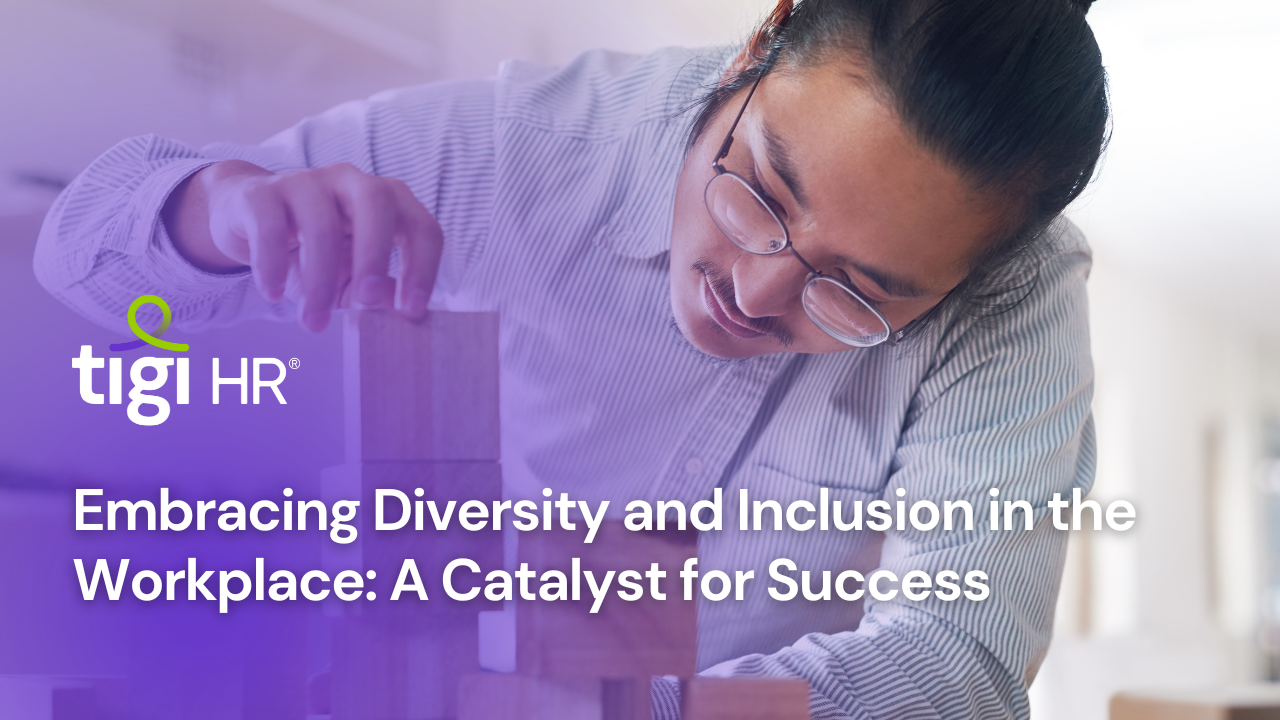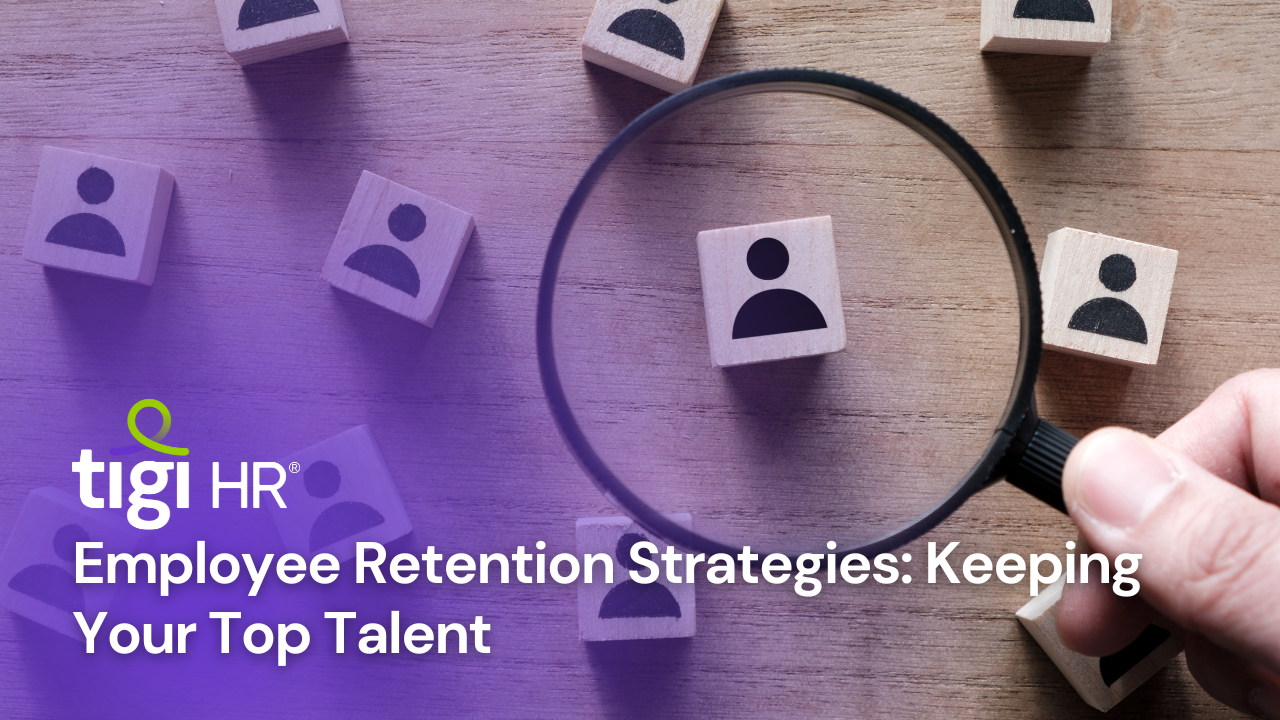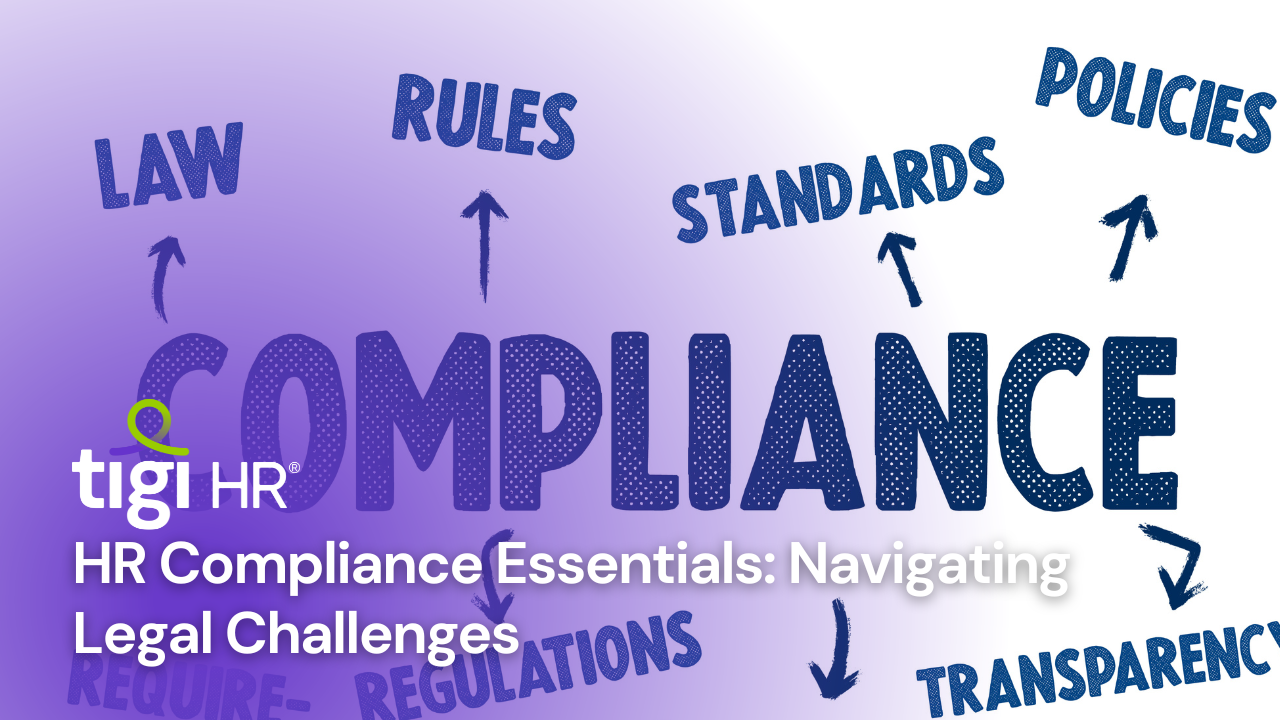In an era where progress is marked by unity in diversity, the spotlight on fostering inclusive workplaces is brighter than ever. Diversity and Inclusion (D&I) aren’t just workplace buzzwords; they form the bedrock of thriving, innovative, and forward-thinking organizations. This article explores the compelling reasons why D&I matters in the workplace, underpinned by authentic statistics and insights that illuminate the transformative potential of embracing differences.
**Navigating the Diversity Landscape: Beyond Visible Differences**
Diversity encompasses the rich spectrum of characteristics that make individuals unique — from race and gender to age, abilities, and socio-economic backgrounds. It’s the celebration of these distinctions that creates a mosaic of perspectives, driving innovation and resilience within organizations.
**The Inclusive Tapestry: Fostering a Sense of Belonging**
While diversity sets the stage, inclusion steals the spotlight. Inclusion is the active embrace of diversity, ensuring that every voice is not just heard but valued. A workplace culture that fosters inclusion creates an environment where individuals feel a sense of belonging and equitable opportunities abound.
**The Business Case: Catalysts for Success**
Beyond its moral imperative, embracing D&I aligns seamlessly with the strategic goals of any forward-looking organization. Diverse teams aren’t just a reflection of societal dynamics; they are a powerful catalyst for innovation, talent acquisition, and employee retention.
**Innovation Unleashed: The Power of Diverse Perspectives**
The fusion of varied perspectives within a diverse team is a breeding ground for innovation. It challenges the status quo, sparks creativity, and fuels solutions to complex problems. As the statistics reveal, companies with diverse management teams are not just more innovative; they are 19% more financially successful due to their commitment to creativity.
**Talent Magnet: Attracting and Retaining the Best**
In a competitive job market, attracting top talent is a primary goal for organizations. Prospective employees, now more than ever, seek workplaces that prioritize diversity. However, the impact goes beyond recruitment; it’s about retaining this talent. When individuals feel valued, respected, and part of a diverse family, they are more likely to stay and contribute to the organization’s long-term success.
**A Productive Harmony: Employee Performance and Inclusive Workplaces**
Inclusive workplaces are not just harmonious; they are more productive. When employees feel comfortable bringing their authentic selves to work, engagement soars, translating into heightened productivity. The Deloitte study speaks volumes, stating that inclusive teams outperform their peers by a staggering 80%.
**Navigating Challenges: Unconscious Bias and Inclusive Leadership**
While the benefits are clear, challenges abound. Unconscious biases can be stumbling blocks, hindering the effectiveness of D&I initiatives. Recognizing and addressing these biases through training is pivotal. Additionally, inclusive leadership is key. Leaders who champion diversity, equity, and inclusion set the tone for the entire organization.
**Diverse Recruitment Strategies: Rethinking the Approach**
Building a diverse workforce requires a reevaluation of recruitment strategies. Organizations must go beyond traditional channels, actively seeking candidates from various sources. Blind recruitment processes, where demographic information is hidden, have proven effective in mitigating bias in hiring.
**Continuous Learning: Nurturing an Inclusive Culture**
Diversity and inclusion are not static concepts; they require ongoing commitment and adaptation. Organizations must foster a culture of continuous learning, encouraging employees to understand and embrace differences.
**Measuring Impact: Metrics for Success**
To gauge the effectiveness of D&I initiatives, organizations need to establish key metrics. These may include representation metrics, employee engagement metrics, promotion and advancement metrics, and customer satisfaction metrics.
**Conclusion: Paving the Way for a Future of Inclusivity**
In conclusion, diversity and inclusion are not checkboxes to be ticked; they are transformative forces that shape the very fabric of an organization. The business case for embracing D&I is solid, with statistics showcasing its impact on innovation, talent, productivity, and customer satisfaction. As organizations embark on this journey, they contribute not only to a more equitable society but also position themselves as leaders in their industries. The workplace of the future is one that celebrates individual strengths, fostering a culture of inclusivity that propels both individuals and organizations toward unprecedented success.











